Basic Geometry
In this chapter, we will be discussing the below-mentioned topics in detail:
-
Basic geometrical concepts and notations
- Points, lines, planes
- Types of angles
- Complementary Vs Supplementary angles
-
Properties of angles formed by intersecting lines
- Adjacent angles on a straight line
- Angles at a point
- Vertically opposite angles
Basic Geometrical Concepts And Notations
-
Points, Lines, Planes
-
Points
| Description | Representation |
|---|---|
|
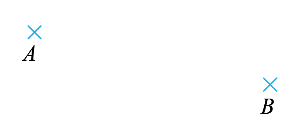 |
-
Line Segments
| Description | Representation |
|---|---|
|
 |
-
Lines
| Description | Representation |
|---|---|
|
 |
-
Rays
| Description | Representation |
|---|---|
|
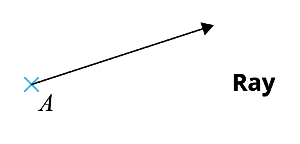 |
-
Angles
| Description | Representation |
|---|---|
|
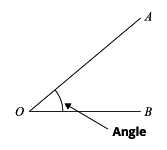 |
-
Planes
| Description | Representation |
|---|---|
|
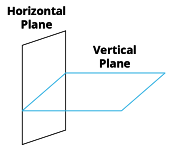 |
-
Types Of Angles
| Name | Definition | Illustration |
|---|---|---|
| Acute Angle | \(0^\circ < x^\circ < 90^\circ \) More than \(0^\circ \) Less than \(90^\circ \) |
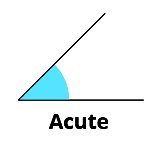 |
| Right Angle | \(x^\circ = 90^\circ\) | 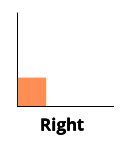 |
| Obtuse Angle | \(90^\circ < x^\circ < 180^\circ\) More than \(90^\circ \) Less than \(180^\circ \) |
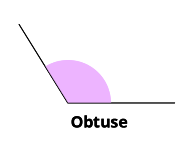 |
| Straight Angle | \(x^\circ = 180^\circ\) | 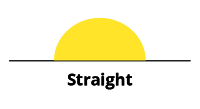 |
| Reflex Angle | \(180^\circ < x^\circ < 360^\circ \) More than \(180^\circ\) Less than \(360^\circ\) |
 |
-
Complementary Angles vs Supplementary Angles
| Complementary Angles | Supplementary Angles |
|---|---|
| Two angles are complementary if they add up to \(90^\circ \). | Two angles are supplementary if they add up to \(180^\circ \). |
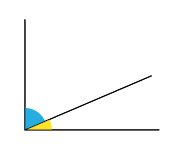 |
 |
Let’s understand this with the help of some examples:
Question 1:
Angle \(\textit{POQ}\) and angle \(\textit{QOR}\) are supplementary. Angle \(\textit{POQ}\) is three times the size of angle \(\textit{QOR}\). Find angle \(\textit{POQ}\).
- \(135^\circ\)
- \(67.5^\circ\)
- \(22.5^\circ\)
- \(45^\circ\)
Solution:
Let \(\angle QOR\) be \(x^\circ\)
\(\begin{align*} \angle POQ &= 3x^\circ \\[2ex] \angle POQ + \angle QOR &= 180^\circ & \text { (supplementary } \angle)\\[2ex] 3x+x&=180\\[2ex] 4x&=180\\[2ex] x&=45 \\[2em] \angle POQ &=3(45)\\[2ex] &=135^\circ \end{align*}\)
Hence, the correct answer is Option (A).
-
Geometric Properties Of Points And Lines
| Illustration | Name |
|---|---|
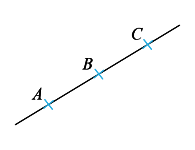 |
Collinear Points Three points lie on the same line. |
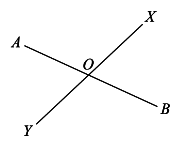 |
Intersecting Lines Two lines on a plane meet at one point. |
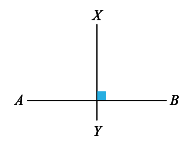 |
Perpendicular Lines Two lines on a plane intersect each other at right angles. |
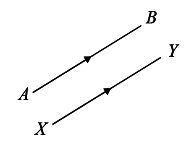 |
Parallel Lines Two lines on a plane do not intersect at any point. |
Properties Of Angles Formed By Intersecting Lines
-
1st Property Of Angles Formed By Intersecting Lines

\(\begin{equation} \angle a + \angle b + \angle c =180° \end{equation}\)
| Property | The sum of adjacent angles on a straight line is \(180°\). |
|---|---|
| Abbreviation | adj. \(\angle s\) on a str. line. |
-
2nd Property Of Angles Formed By Intersecting Lines
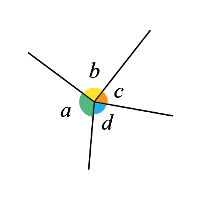
\(\begin{align} \angle a + \angle b + \angle c + \angle d = 360° \end{align} \)
| Property | The sum of angles at a point is 360°. |
|---|---|
| Abbreviation | \(\angle s\) at a pt. |
-
3rd Property Of Angles Formed By Intersecting Lines

\(\begin{align*} \angle a &= \angle c \\[2ex] \angle b &= \angle d \end{align*}\)
| Property | Vertically opposite angles are equal |
|---|---|
| Abbreviation | vert. oppo. \(\angle s\). |
Let’s understand this with the help of some examples:
Question 2:
- In the figure, AOB and COD are straight lines. Find the value of p.

- \(\displaystyle{p=\frac {1}{13}}\)
- \(\displaystyle{p=\frac {11}{13}}\)
- \(\begin{align*} p=11 \end{align*} \)
- \(\begin{align*} p=1 \end{align*} \)
Solution:
\(\begin{align*} \angle AOC &= \angle DOB & \text{(vert. opp. } \angle s\text{)} \\[2em] 6p+6&=7p-5\\[2ex] 6+5&=7p-6p\\[2ex] 11&=p \\[2ex] \therefore\qquad p &=11 \end{align*}\)
Hence, the correct answer is Option (C).
- In the figure, AOB and COD are straight lines. Find the value of q.

- \(\begin{align*} q &=104 \end{align*}\)
- \(\displaystyle{q=5\frac{3}{13}}\)
- \(\displaystyle{q=8\frac{4}{13}}\)
- \(\begin{align*} q=8 \end{align*}\)
Solution:
\(\begin{align*} \small \angle{AOC} + \small \angle{COB} &= 180^\circ & \text { (adj angles on a str. line) } \\[2ex] 6p+6+13q+4&=180^\circ \end{align*}\\\)
Putting values of \(p=11\)
\(\begin{align*} 6(11)+6+13q+4&=180^\circ\\[2ex] 13q+76&=180\\[2ex] 13q&=104\\[2ex] q&=8 \end{align*}\)
Hence, the correct answer is Option (D).
 SG
SG  VN
VN 









